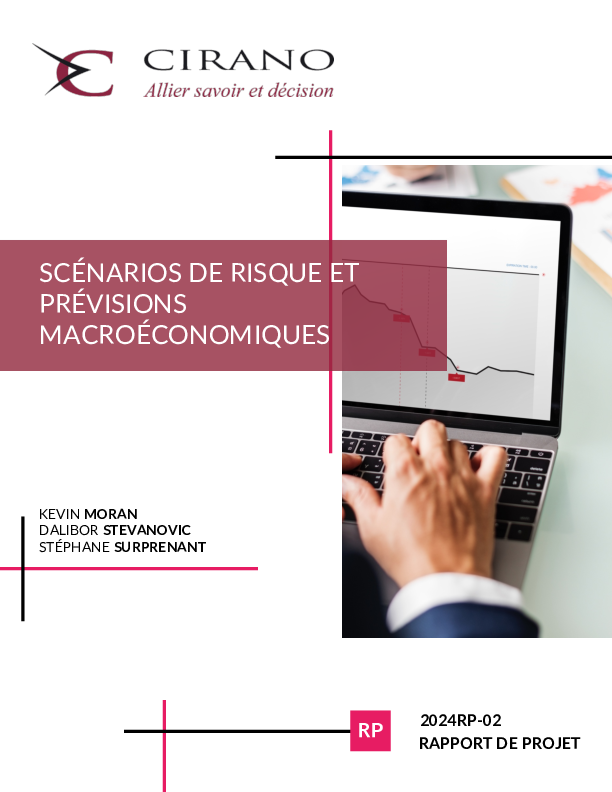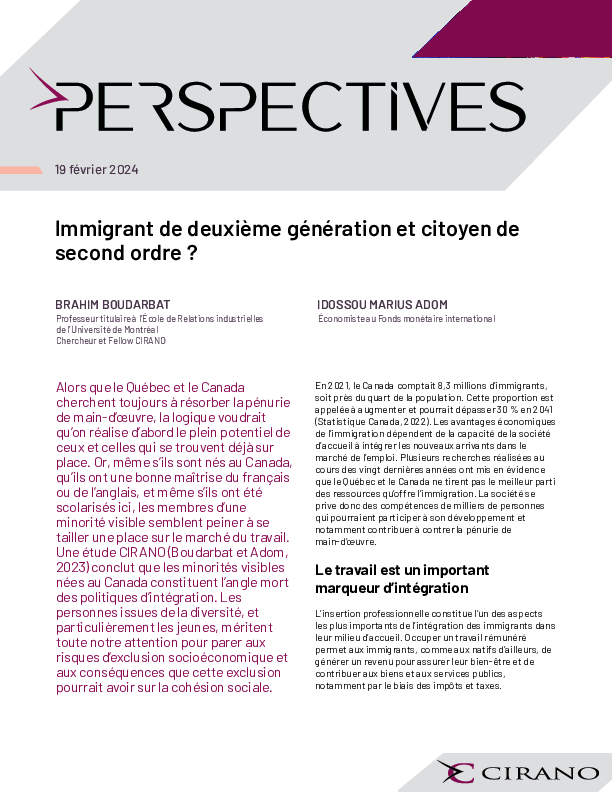Do Peers Affect Student Achievement? Evidence from Canada Using Group Size Variation
We provide the first empirical application of a new approach proposed by Lee (2007) to estimate peer effects in a linear-in-means model when individuals interact in groups. Assuming sufficient group size variation, this approach allows to control for correlated effects at the group level and to solve the simultaneity (reflection) problem. We clarify the intuition behind identification of peer effects in the model. We investigate peer effects in student achievement in French, Science, Mathematics and History in secondary schools in the Province of Québec (Canada). We estimate the model using conditional maximum likelihood and instrumental variables methods. We find some evidence of peer effects. The endogenous peer effect is large and significant in Math but imprecisely estimated in the other subjects. Some contextual peer effects are also significant. In particular, for most subjects, the average age of peers has a negative effect on own test score. Using calibrated Monte Carlo simulations, we find that high dispersion in group sizes helps with potential issues of weak identification.
[ - ]




